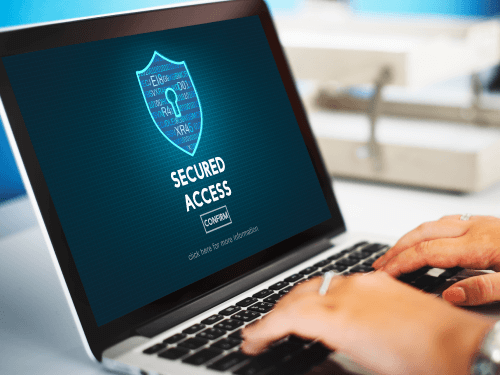
Free-of-charge white paper informs about the risks associated with digital certificates
Wherever secure transactions or network access are required, the person requesting access first needs to prove their identity. One of the methods for user identification is the use of digital certificates (certs), which are like digital ID cards. This procedure is examined in a new white paper issued by the IT security expert SecurEnvoy entitled “The Risks of Authentication using Digital Certificates”. It is available for download free-of-charge on the manufacturer’s website.
The basis of a cert is a private key stored on a smartcard or a mobile device that the user always carries with them. However, one significant disadvantage here is the issue of distributed identities. Because for every (end) device a user wants to use for their work – be it a PC, smartphone or tablet – a separate cert is required. This results in cumbersome installation work as well as a veritable “jungle of certificates”, depending on the number of devices involved. Furthermore, the certs remain on the end devices and can fall into criminal hands if the devices are sold or lost – which poses a threat to sensitive data. A simpler but doubly-secure alternative is tokenless two-factor authentication, which is also explained in the white paper.
The functionality of such a method, the SecurAccess solution from SecurEnvoy, is demonstrated in a video on the developer’s Youtube channel.
Published: 26 August 2014
Category: Industry News
![]()
Multi-Factor
Authentication
(MFA)
Any user. Any device.
Anywhere.
For companies that take authentication seriously.
Learn more about SecurEnvoy MFA
Hear more from
our security
experts
What to read next...






